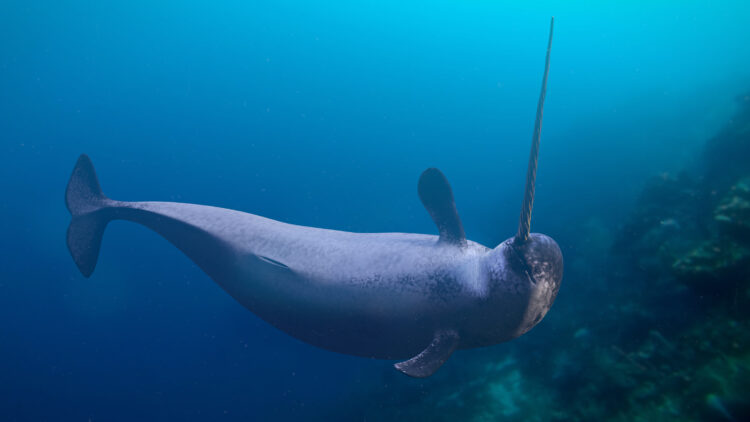
Narwhals are among the ocean’s most unusual creatures, known as the unicorns of the sea, because of their distinctive long tusks. Here are 15 cool facts about these mysterious marine mammals that you might not know:
The Tusk Tells a Tale
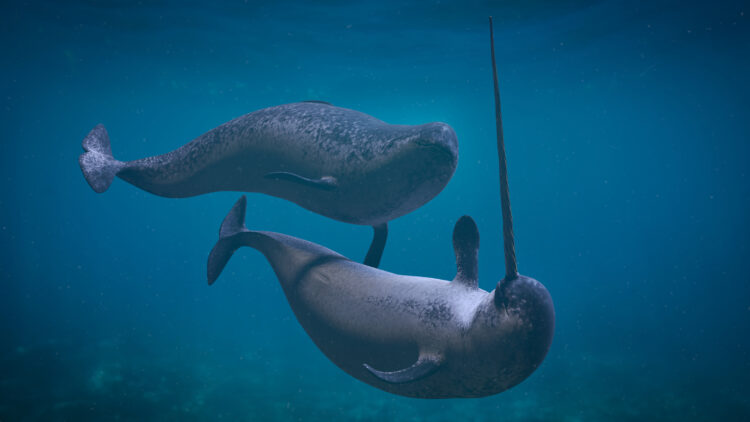
That long spiral tusk that catches our eye is a narwhal’s tooth! It is usually common in males. The tusk can reach a length of 10 feet and is functional too. Scientists believe that about ten million nerve endings in the tusk allow narwhals to sense temperature changes in the water or its salinity, which can be lifesaving in the Arctic waters.
They Are Arctic Natives
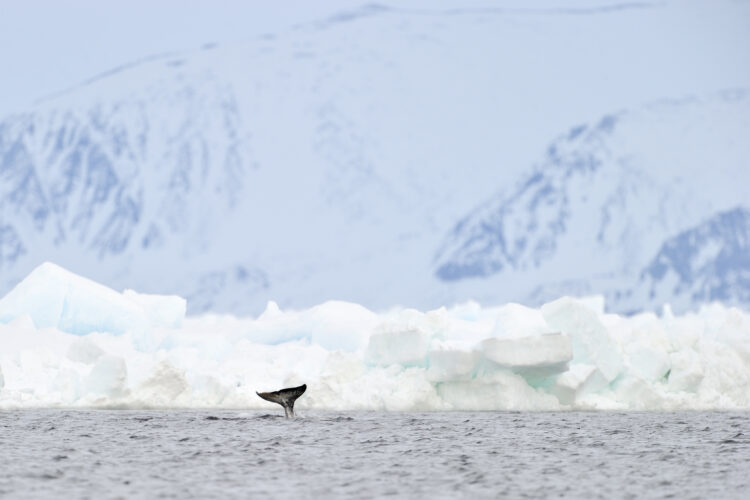
Narwhals are one of the Arctic natives, more specifically around Canada, Greenland, Norway, and Russia. With that being said, they have a marvelous feature in their bodies, which is a thick layer of blubber that helps insulate and keep them warm in freezing temperatures. Their blubber can be four inches thick!
Deep Divers
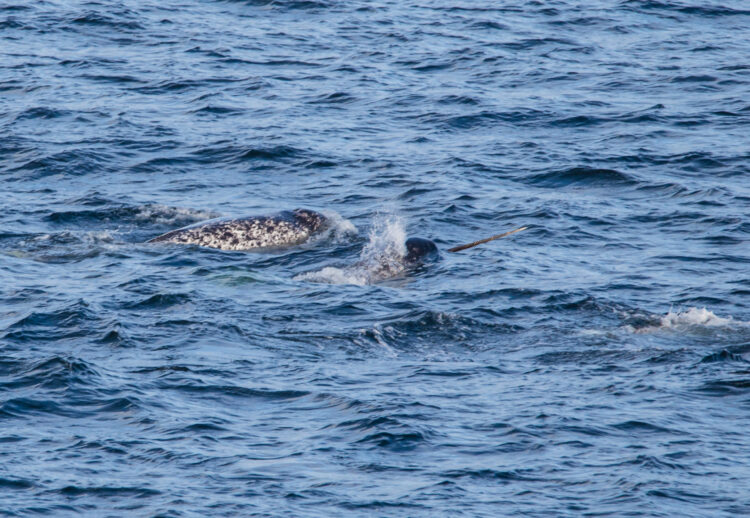
Narwhals can dive up to 1,500 meters or almost one mile deep in pursuit of food. They eat fish, squid, and shrimp. Moreover, they can hold their breath for 25 minutes to reach these dark and icy waters. They are also recognized as one of the deepest diving marine mammals in the world.
They Live in Groups
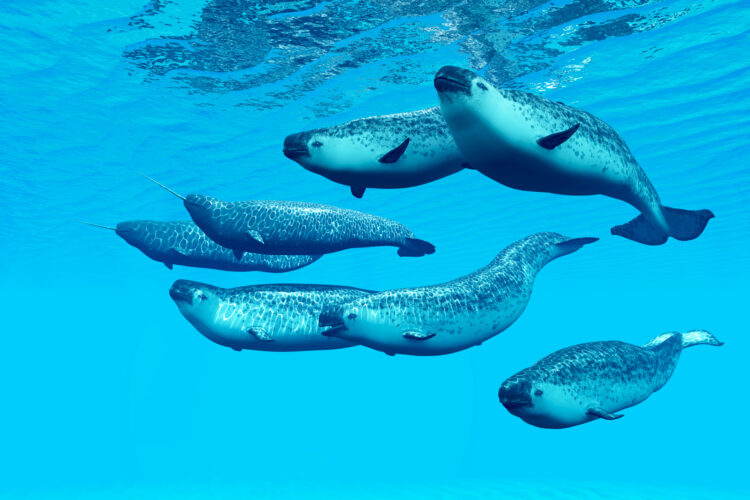
Narwhals are clearly social mammals. They usually form small groups, referred to as pods, which may range from a few to more than 20. However, multiple pods will come together during migration to create superpods of hundreds of narwhals. Scientists believe that these social systems help them forage and defend against predators like orcas.
Mysterious Migrators
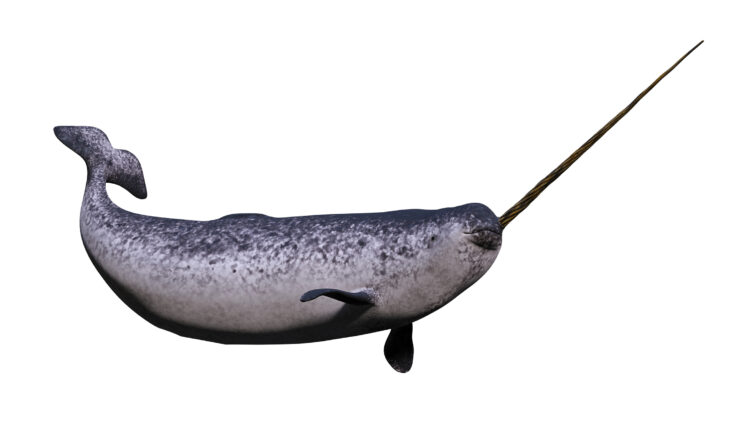
Every year, narwhals migrate with the seasons. Their pattern heavily depends on the ice cover, as narwhals feed when there is dense ice cover in the waters. In the spring, narwhals move to the shore to feed in shallow waters. During the winter, they return to the deep-sea waters. But, scientists are still unsure of their migration routes and tracking techniques.
Not Your Typical Menu
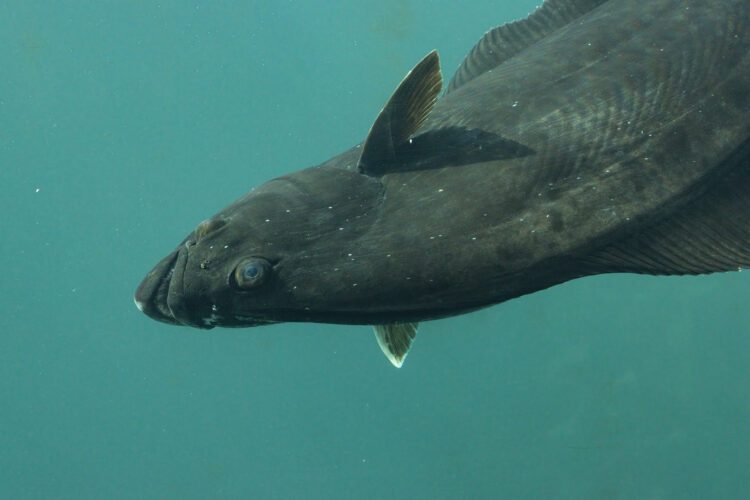
Narwhals show little pickiness about their diet, focusing largely on sea life native to their freezing Arctic waters. Their primary food sources are Greenland halibut, Arctic and polar cod, shrimp, and squid. These meals are typically found at great depths, which complements their ability to dive deep. They draw in their prey using suction, which works excellently in the sparse Arctic.
Unique Communication
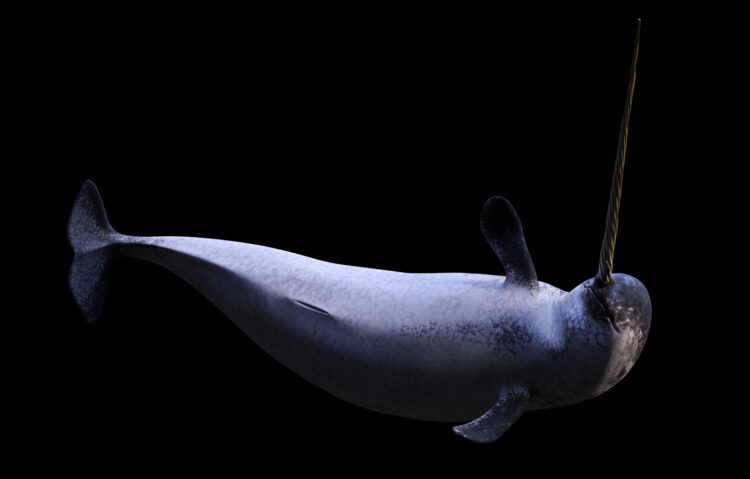
Like many other marine mammals, narwhals also use sound to communicate and find their way in the dark, icy waters. Scientists believe that they make clicks, whistles, and other sounds that bounce off objects and define where their surroundings are, a process called echolocation. This is significant for hunting and navigating under the ice since there is not much light.
Vulnerable to Climate Change
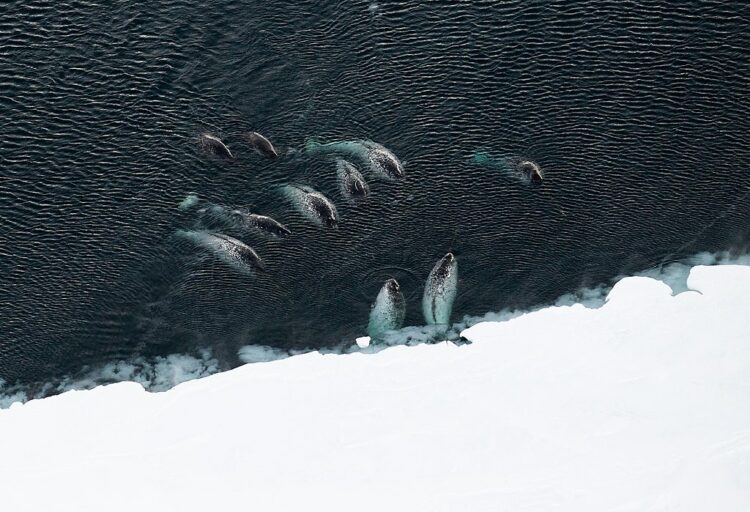
Changing climate is one of the greatest threats for narwhals that have very specific living requirements. While this is difficult to address, the expanding Arctic ice continues to melt, and the natural environment of narwhals is disturbed. Not only does it affect their prey availability, but the latter are also left more vulnerable to predators.
Reproduction and Lifespan

Narwhals reproduce relatively slowly, so the recovery of their population is not quick. On average, females of the species give birth to a single offspring after 14 months of pregnancy, once every three years. After that, calves remain dependent on their mothers for about twenty months, acquiring the necessary hunting skills. Narwhals can live up to 50 years, but the wild carries many risks.
Cultural Significance and Mythology

Narwhals have enthralled peoples’ imaginations in folklore for years. In Europe, during the Middle Ages, their tusks were used as “unicorn horns” because they believed that these horns had miraculous healing properties and would neutralize poisons. Among Inuit populations, too, narwhals are treated with the same respect and are incorporated into cultural traditions and economies.
Sensitive to Sound
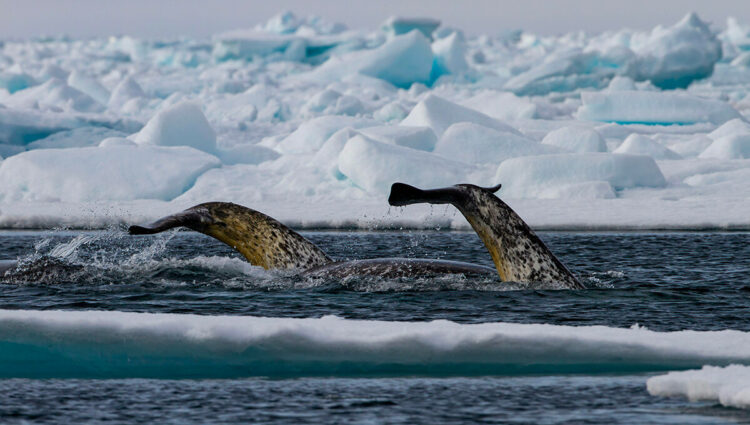
Narwhals are very sensitive to underwater sounds. Their unique echolocation is not only used for navigation and hunting but is also vital for interaction between members of the same pod. However, this sensitivity makes them very vulnerable to noise pollution from ships, industrial activities, and seismic surveys.
Distinct Color Patterns
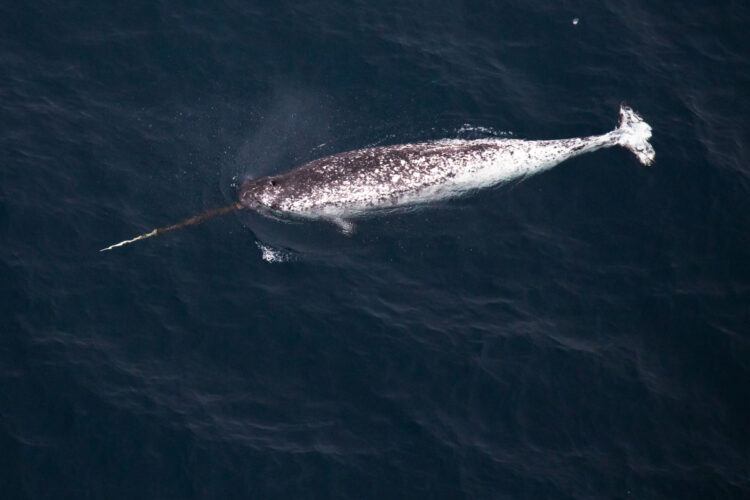
Narwhals have distinct color patterns that evolve as they grow old. When calves are born, they are gray but turn blue-black by the time they are juveniles. Then, they develop a mottled gray pattern as adults. They age by turning more spotted with white, and the pattern on their body can appear entirely white by the time they are older.
Commercial Interest
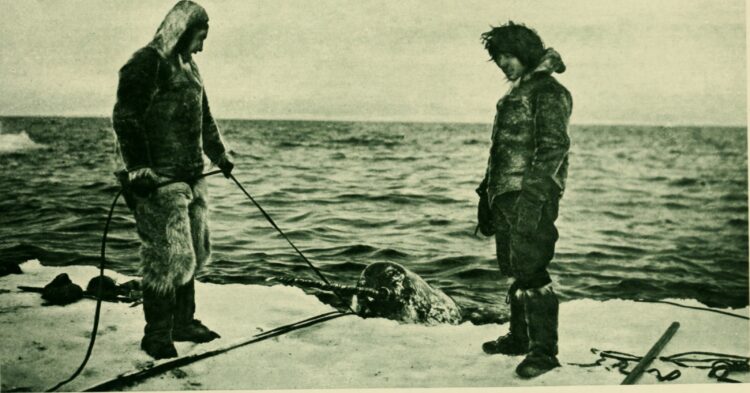
Although narwhals are targeted by commercial fishing on an industrial scale, local hunting pressure and their global trade in their tusks and other body parts are a significant threat. The tusks, in particular, retain a high commercial value in some communities as a measure of aesthetic and historical status and can be traded on the black market for significant sums.
Scientific Enigmas
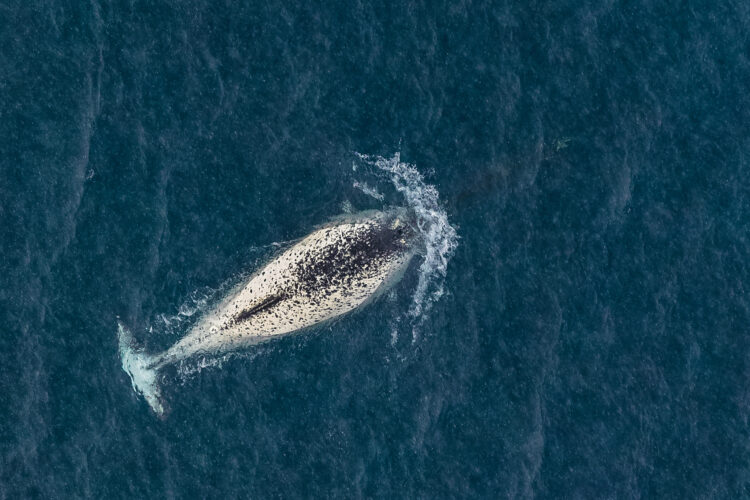
Although studies about narwhals have been on the rise in the last decades, this marine mammal stands among the least understood mammals. This is mainly due to their elusive nature and the harsh environments they inhabit. Scientists have been using satellite technology and tagging systems to learn about their social structures, reproduction, and how to conserve and manage the species.
Protected Status

At this time, the IUCN has listed narwhals as “Near Threatened” for their risk of climate change, habitat disturbance, as well as potential overhunting. To prevent the species from extinction, it is crucial to consider the population dynamics, migratory patterns, and the effects of environmental variation to implement proper protection strategies.

Comments
Loading…